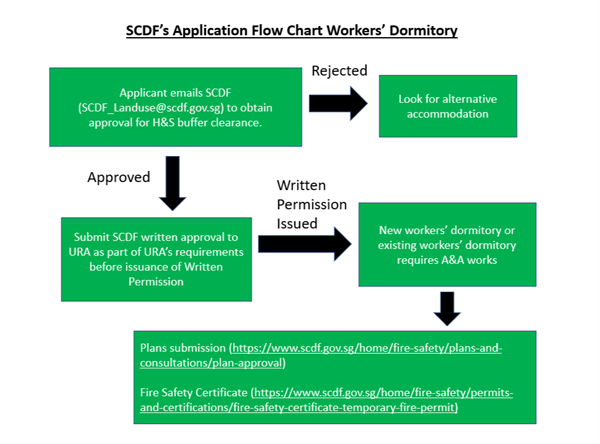Worker dies after falling from roof
On 26 February 2023, a worker was preparing to carry out water-proofing works on the roof of a factory when he fell 4.1 metres to the ground. He was sent to the hospital but died of his injuries on 1 March 2023.
Preliminary investigations revealed that a horizontal lifeline was installed on the roof, but the worker was not wearing a safety harness or a safety helmet at the time of the accident.
Working on roofs exposes workers to the risk of falling from height. The WSH Council calls on all companies doing work at height to ensure worker safety and undertake an urgent assessment of their safety measures.
What companies should do
Companies should urgently assess and ensure that their WSH management system includes the following measures or checks:
• Fall Prevention Plan (FPP): Establish and implement a site-specific FPP to reduce the risk of falling from height when working on roofs.
• Permit-to-Work (PTW) system: Put in place a PTW system for work activities where a person could fall more than three metres. Ensure on-site checks are carried out by a competent person and risk controls are confirmed effective before authorising the work at height.
• Safe Work Procedure (SWP): Develop a SWP for carrying out the task on the roof, taking into account the roof’s characteristics (e.g. material of construction, profile, and angle of slope) and the duration and frequency of work. Provide supervision to ensure the SWP is strictly followed.
• Open side guarding: Install temporary guardrails or erect a scaffold platform with guardrails, if feasible, to prevent workers from falling off a roof edge.
• Worker training: Deploy only workers who have successfully completed the Workforce Skills Qualifications (WSQ) Perform Work at Height course to work on roofs. Train workers to always anchor their safety harnesses when working at height.
• Personal Protective Equipment (PPE): Equip roof workers with anti-slip safety footwear and fall-arrest or travel-restraint equipment along with secure anchor point(s) or lifeline.
Note that the use of a standard lanyard with a shock absorber cannot be used if the fall clearance distance is too short to safely stop one’s fall before striking the ground. If the fall clearance distance is too short, the use of an immediate arrest self-retracting line is recommended.
• Behavioural Observation and Intervention: Encourage workers to look out for one another and to stop risky behaviours before an accident occurs.
For more information, refer to WSH (Work at Heights) Regulations 2013, WSH Council’s Code of Practice for Working Safely at Heights and WSH Guidelines for Working Safely on Roofs. Additional resources for work at height include WSH Guidelines on Anchorage, Lifelines and Temporary Edge Protection Systems, WSH Guidelines on Personal Protective Equipment for Work at Heights, and Case Studies: Accidents Involving Work at Heights.
Under the WSH Act, first-time corporate offenders may be sentenced to the maximum fine of $500,000 whilst individuals can either be sentenced to the maximum fine of $200,000 and/or an imprisonment not exceeding 2 years. Read more on the WSH Act penalties.
During the extended Heightened Safety Period (1 September 2022 to 31 May 2023), the Ministry of Manpower will impose severe actions for serious WSH lapses, which include:
• Debarment from hiring new work pass holders.
• Company leaders to personally account to MOM and take responsibility for rectifications, and attend a mandatory half-day in-person WSH training course.
• Engaging external auditors to conduct a thorough review of company’s WSH processes.
Access to free work at height resources here for managers, supervisors, workers and safety professionals




























